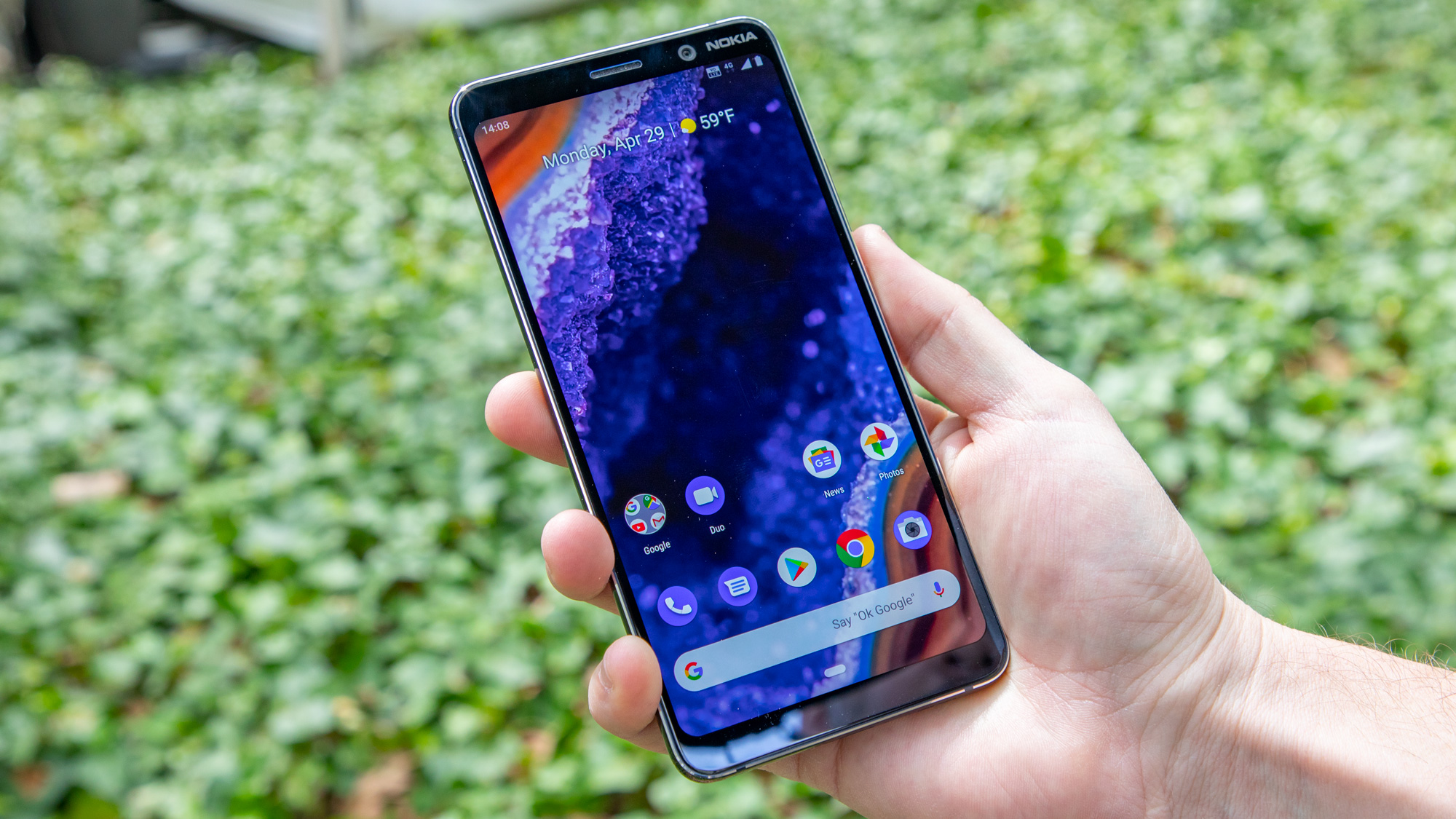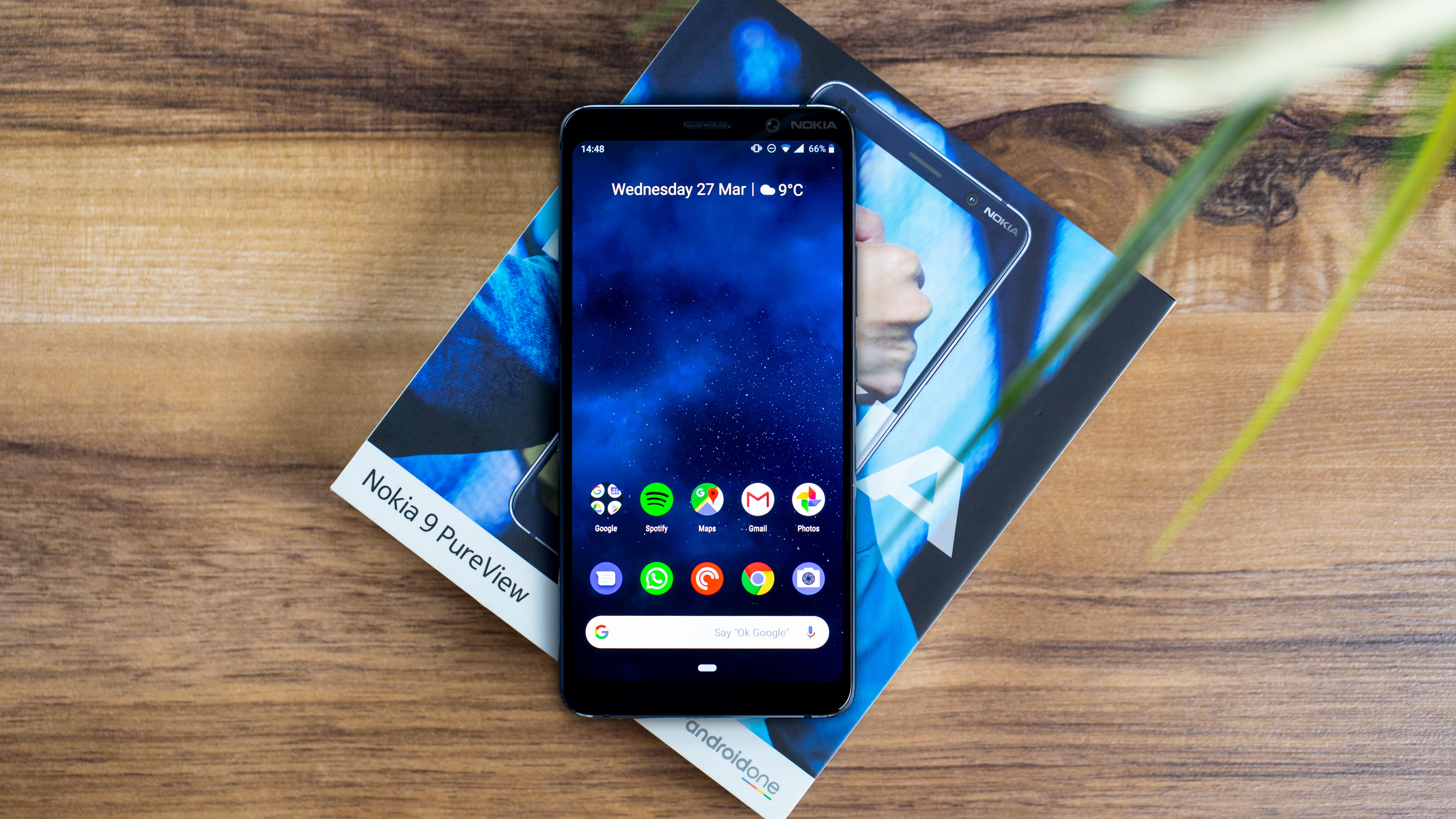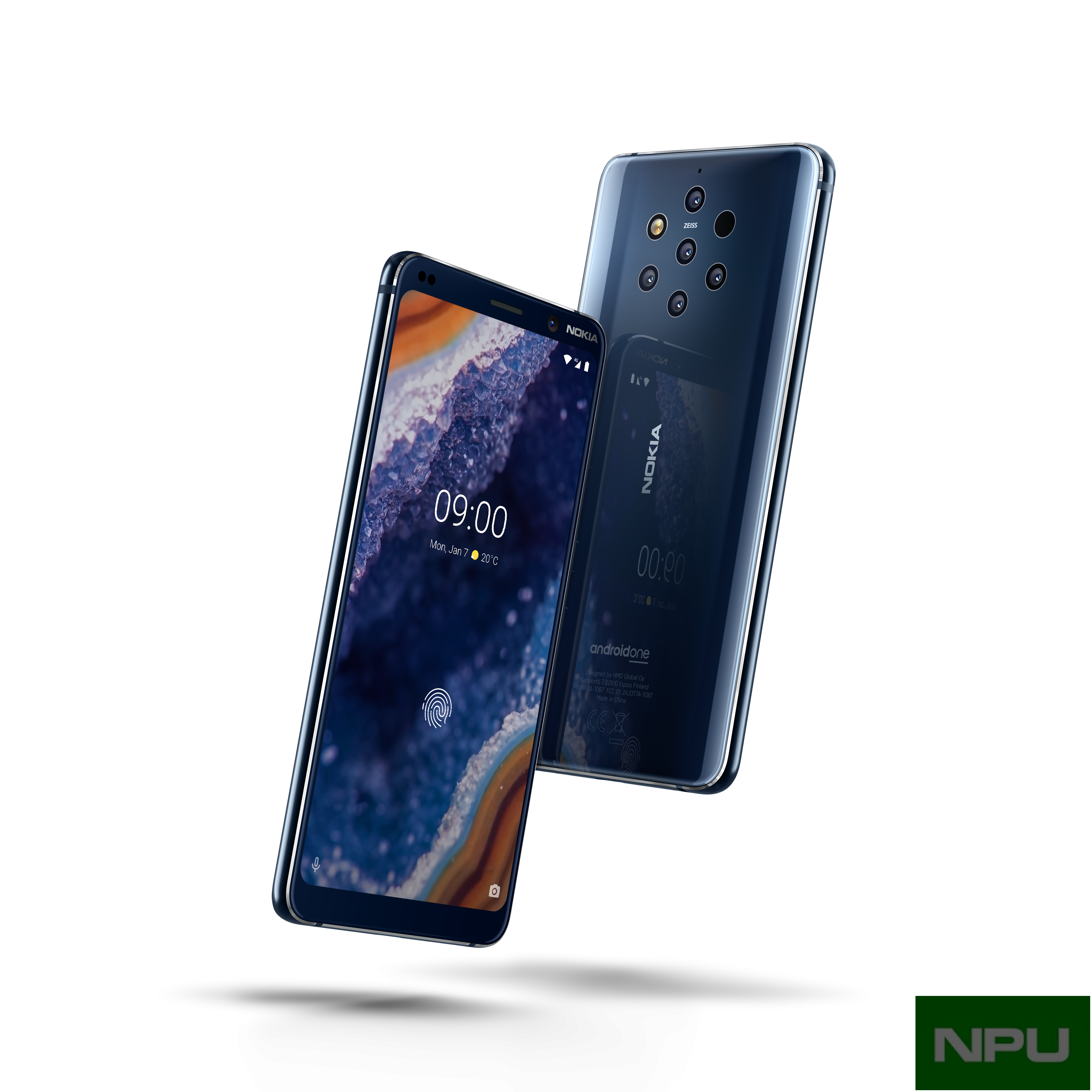
Switch to video recording and the benefits of those five sensors are gone, the phone reverts to using a lone megapixel RGB sensor with only EIS to help smooth out footage. Beyond the camera, the phone feels like a more cut-and-dry high-end Nokia. A near-unaltered Android 9.
Nokia 9 PureView
Part of the Nokia package guarantees a prompt update to the next major release of Android and security patches for at least three years. For the time being, that talent remains exclusive to the Galaxy S10 family. What do you think based on our initial experience with the Nokia 9 PureView?
Let us know on social TrustedReviews. Unlike other sites, we thoroughly test every product we review. We use industry standard tests in order to compare features properly. We never, ever accept money to review a product. Tell us what you think - send your emails to the Editor. Home Reviews Nokia 9 PureView. MWC First Impressions The 9 PureView's camera is undoubtedly interesting but there's a question mark surrounding the price when it comes powered by last year's chipset.
- Nokia 9 PureView Review: Hands on | Trusted Reviews.
- Nokia 9 PureView Smartphone Review - host.zerrno.com Reviews.
- Explaining that PureView camera.
- cell track app Honor!
- smartphone tracking tool for Iphone.
Trusted Reviews Live Prices About our deals. Promising stuff, right?
Nokia 9 PureView initial review: Pursuing photographic perfecti
Read more about our reviews policy. There was a brief hesitation from the moment my finger landed on the sensor to when the phone unlocked. Compared with the OnePlus 6T's sensor, which instantaneously brought me to the home screen, the Nokia 9's scanner felt sluggish. That fraction of a second may not sound like a big deal, but it adds up if you check your phone dozens of times a day.
And, like most optical sensors, the Nokia 9's pales in speed and convenience compared with the new generation of ultrasonic sensors found in phones like the Samsung Galaxy S Making things more frustrating, the area in which you can place your finger is small, and you'll receive a Not Recognized message unless you press directly in the center. Despite these annoyances, the fingerprint sensor remains the best way to unlock the Nokia 9, as long as you don't mind entering a passcode every now and then. HMD also added a facial-recognition feature think Face ID to the Nokia 9 in an early software update, but it's just as clumsy.
The camera failed to recognize my face almost every time I tried using it after having just locked the phone. Other times, it didn't even try searching for my face. On a positive note, when it did work, TrulySecure was quicker than the fingerprint sensor. There's a lot of hype surrounding those five cameras on the rear of the Nokia 9, but the phone's 5. The Nokia 9's panel is fairly luminous, reaching a peak brightness of nits.
Covering With a Delta-E score of 0. When I watched a trailer for the upcoming superhero film Dark Phoenix, Mystique's hair was a saturated, fiery scarlet that popped against her inky, pastel-blue skin. When compared side-by-side with the OnePlus 6T, the Nokia 9's display exhibited more vivid colors that burst off the display, and I preferred the Nokia's warmer white balance.
There's a lot to unpack with the Nokia 9's five cameras, but let's start with how it all works. Unlike other phones with multiple lenses, the Nokia 9 doesn't have optical zoom or a superwide-angle feature. The Nokia 9's goal is to produce the very best image possible, not to give people millions of ways to take the same shot. Three monochrome sensors are tasked with capturing light at different exposures while two RGB lenses soak in the colors. Those images are then combined and processed by a digital signal processor DSP.
There are a couple of downsides to this setup. For one, images take a long time to process. Most of the images I snapped took about 10 seconds, but bokeh shots — especially those in low light — needed about 25 seconds. You can continue using the Nokia 9 and even take photos while the DSP works its magic in the background, but you can't check to see how your photo turned out.
Another shortcoming is that none of the lenses has optical image stabilization, so you'll have to keep the phone steady when you're shooting in low-light conditions. While the Nokia 9 is capable of producing some breathtaking photos, not every picture we captured looked great. This low-light shot in a branch of the New York Public Library has a haze to it, as if someone had turned on a fog machine.
While the Pixel 3 oversaturated colors a bit, the photo it produced is punchier, clearer and more dynamic. In these cupcake images, the Nokia 9 displayed tons of detail, but once again, the colors look lifeless when compared with the more natural photo taken by the OnePlus 6T. The Nokia 9 rebounded on this bookshelf shot. I really can't find fault with this photo. The scene looks crisp and perfectly exposed, and the colors are punchy and accurate.
In comparison, the Samsung Galaxy S10e's image is too yellow, and you can't see as much detail in the wood. The OnePlus 6T's photo looks washed out, so it's missing a lot of details you can see in the Nokia 9's nicely exposed image.
Check out the brick sidewalk tiling or the details on the right-most building. While the Bokeh mode properly outlined my frame, my face looks ghastly in this shot.
Nokia 9 PureView Summary
The iPhone XS' Portrait shot is brighter, and the colors are far more accurate. The Nokia 9 has a time-of-flight sensor on the back that creates a depth map of the scene you shoot. HMD claims the camera can capture more depth information 1, layers than any other phone. One benefit of this tech is that Depth photos can be refocused in post using Google Photos. Furthermore, the depth tool lets you choose a focal point, then adjust the intensity of the foreground and background blur around it. All that sounds great, but as you can see in the photo below, the Nokia 9 struggled to keep only the recruiting station in focus while blurring the rest of the scene.
You'll notice that the cars and buildings on the left side as well as the chairs on the right of the image remained in focus. Using its three monochromic lenses, the Nokia 9 can shoot black-and-white pictures natively. I'm pretty pleased with this image of the Flatiron Building. There is plenty of detail and the exposure is on point, even with the sun peeking through the clouds. The MP, front-facing camera on the Nokia 9 maybe captures far too much detail for my liking, but in all seriousness, this shot I took in Times Square looks great.
You can see individual strands of hair in my beard, and the reddish tone in my face looks natural. These rich files are great for editing because they retain all the information that's otherwise lost when photos are compressed into bite-sized JPEGs. The downside to RAW is that image files are massive, and without an SD card slot on the Nokia 9, photographers will really have to manage the phone's GB of built-in storage.
While perfectly exposed, the Nokia 9's photo processing drained the colors from the grand room. In fact, those circular fluorescent lights emit a warmer color than what you see in the RAW shot. One consequence of the five-lens system is that an image could be compromised if only one lens has smudges or fingerprints on it. I found myself constantly wiping my sleeve on the back of the phone to make sure that the lens glass was clean. The Snapdragon is a good processor, and I didn't run into any performance problems during my testing, but it's still last year's CPU.
Other flagship Android devices coming out this year are going to run on the Snapdragon , so you're giving up some performance for a lower price.
 Cellphone location application reviews Nokia 9
Cellphone location application reviews Nokia 9
 Cellphone location application reviews Nokia 9
Cellphone location application reviews Nokia 9
 Cellphone location application reviews Nokia 9
Cellphone location application reviews Nokia 9
 Cellphone location application reviews Nokia 9
Cellphone location application reviews Nokia 9
 Cellphone location application reviews Nokia 9
Cellphone location application reviews Nokia 9
 Cellphone location application reviews Nokia 9
Cellphone location application reviews Nokia 9
 Cellphone location application reviews Nokia 9
Cellphone location application reviews Nokia 9
 Cellphone location application reviews Nokia 9
Cellphone location application reviews Nokia 9
Related cellphone location application reviews Nokia 9
Copyright 2020 - All Right Reserved